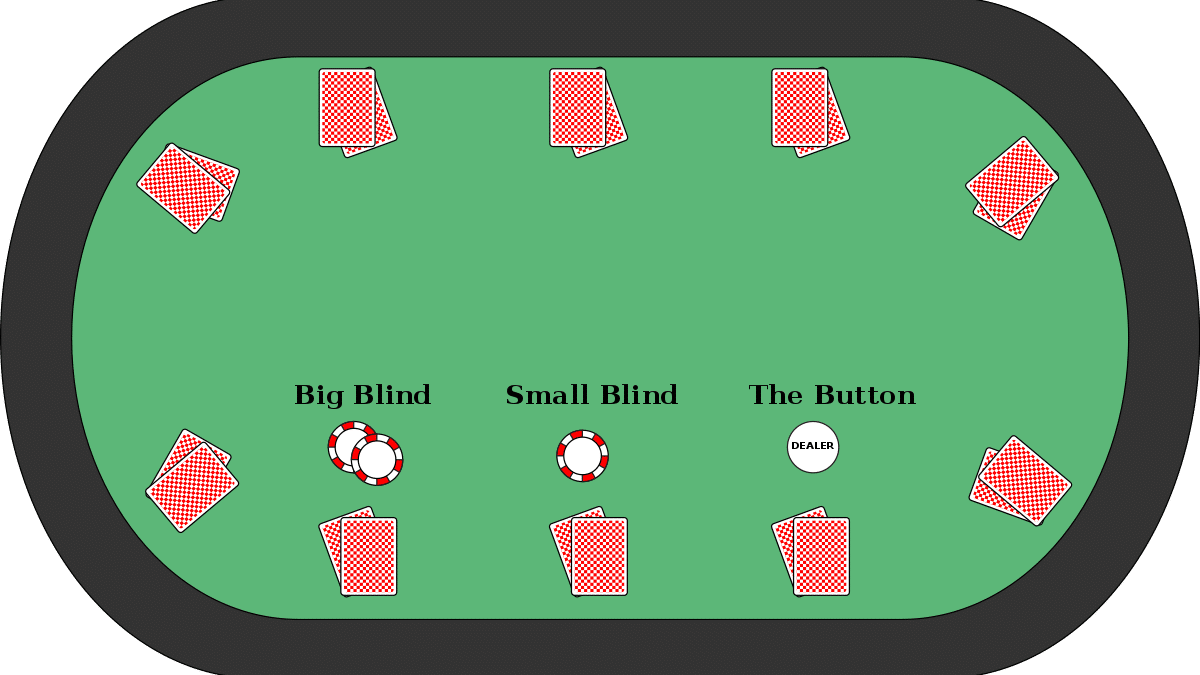Poker is a game of strategy, timing, and psychology—but at the heart of every game lies a fundamental concept that drives the action: poker blinds. Whether you’re new to poker or brushing up on your game, understanding how blinds work is crucial to mastering the table. This article breaks down what poker blinds are, why they matter, and how to use them to your advantage.

What Are Poker Blinds?
In most poker variants—especially Texas Hold’em and Omaha—blinds are mandatory bets posted by two players before any cards are dealt. The terms “small blind” and “big blind” refer to the two positions seated immediately left of the dealer button.
-
Small Blind: This is typically half of the minimum bet for the round.
-
Big Blind: This equals the full minimum bet.
These forced bets ensure there’s money in the pot from the start and keep the game moving, discouraging players from folding every hand until they get perfect cards.
How Poker Blinds Rotate
The blinds rotate clockwise around the table after every hand, ensuring all players contribute equally over time. The dealer button also moves with each hand, affecting the positions of the small and big blinds. This rotation plays a key role in game dynamics and position strategy.
Strategic Importance of Blinds
Understanding poker blinds is more than just knowing when to post them. Here’s why they matter strategically:
-
Pot Building: Blinds create an initial pot to compete for, encouraging action even before the flop.
-
Position Play: Playing in the blinds can be tricky, as you’re often first to act post-flop. Good players learn to defend their blinds wisely.
-
Stealing Blinds: When folded to in late position, experienced players will often raise to “steal” the blinds—especially when the blinds are tight or conservative.
-
Pressure in Tournaments: In tournament play, increasing blind levels force players to act. You can’t just wait for premium hands—blinds eat away at your stack.
Adjusting to Blind Levels
As the game progresses, especially in tournaments, blinds increase at set intervals. Players must adjust their play accordingly:
-
Early Stage: With low blinds, focus on building a solid foundation without taking unnecessary risks.
-
Mid Stage: Blinds start to bite; stealing and defending become more critical.
-
Late Stage: Blinds are massive relative to stack sizes. Aggression is key, and blind battles often determine tournament outcomes.
Common Blind Mistakes to Avoid
-
Neglecting Position: Playing too loose from the blinds without strong hands is a leak.
-
Not Adjusting to Stack Sizes: When blinds are high, even average hands become playable due to pot odds.
-
Failing to Defend: Always folding your big blind invites frequent steals.
Conclusion
The concept of poker blinds might seem simple, but their impact on the game is profound. From shaping betting action to influencing long-term strategy, blinds are the invisible hand pushing the poker engine forward. Master them, and you’ll not only survive longer at the tables—you’ll win more too.
